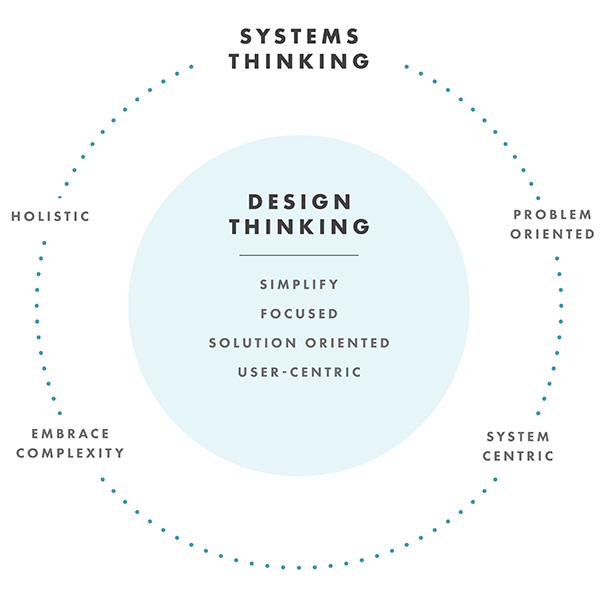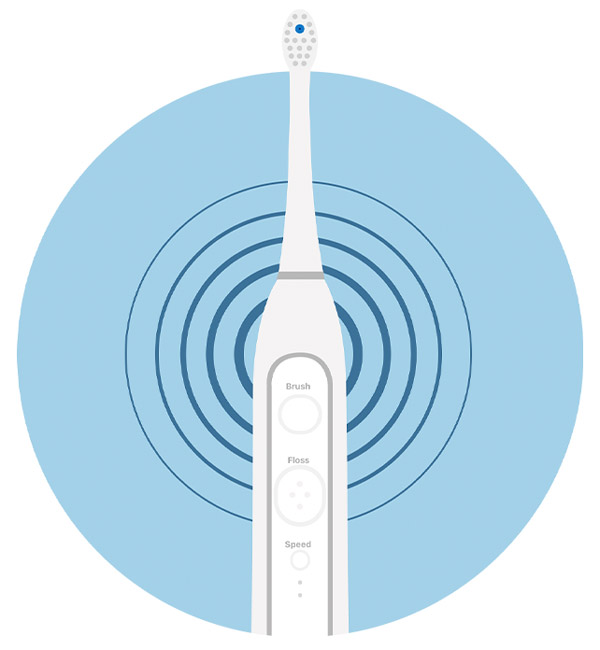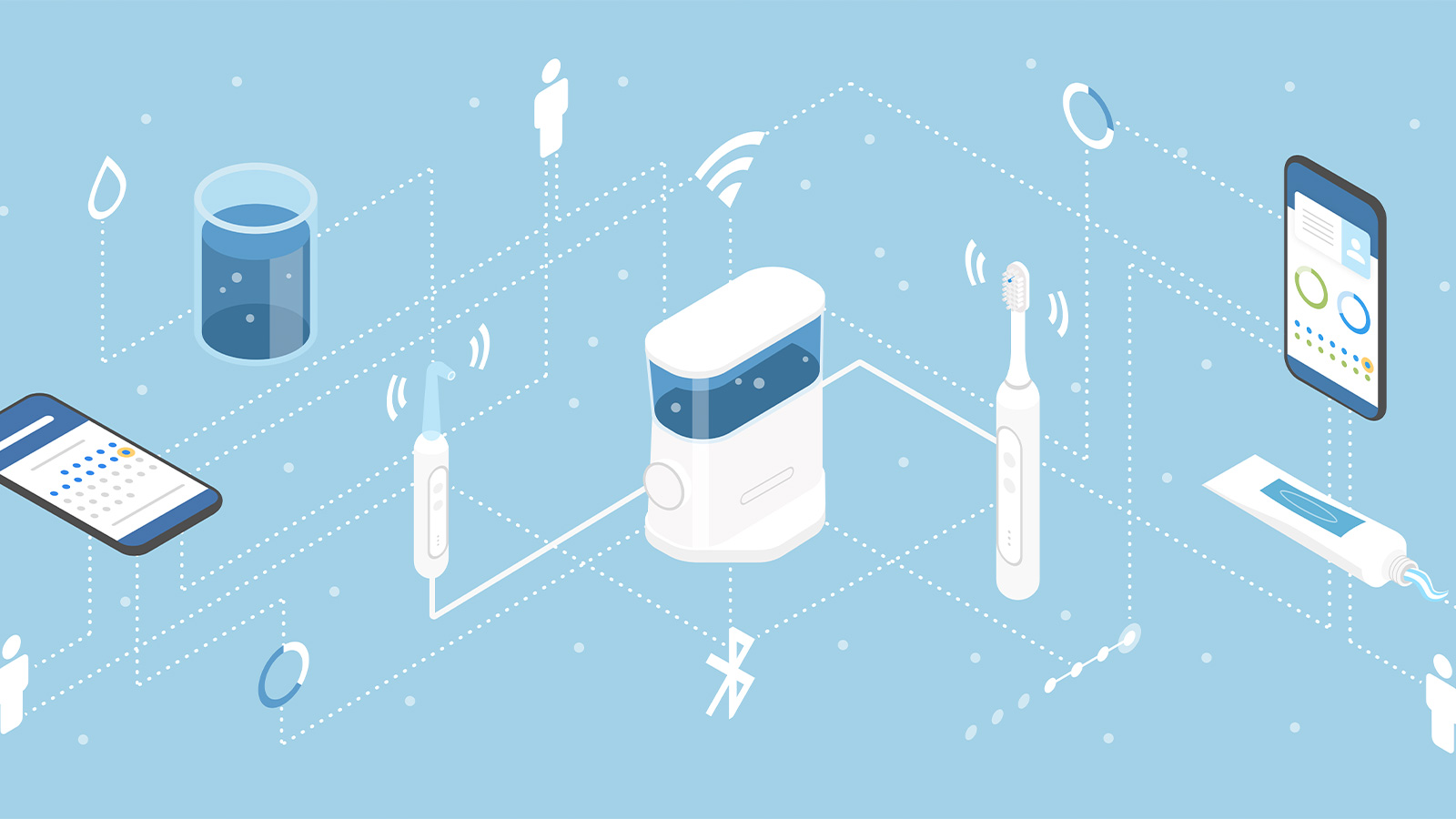The power of holistic design thinking
There’s never been a better – or more challenging – time to be a product designer.
As products continue to grow in complexity, UX designers find their skills and talent in high demand. But they also must develop increasingly innovative ways to translate expanding requirements into simple and intuitive solutions.
Fortunately, designers can leverage an approach called systems thinking to capture the complexities of a project, simplifying concepts down to their most essential parts and constructing product outcomes that are seamless, scalable, and enjoyable for the user.
Sounds great, right? But what is systems thinking? And how is it different from design thinking? Let’s explore the difference between the two approaches and show how you can use them in tandem to craft great products and user experiences.

Systems thinking is a lens through which companies, teams, and designers can examine complex problems. It’s an open and flexible approach to design that helps create connections and shared understanding across disparate parts of an experience, to deliver solutions that are more highly considered and cohesive.
You’re probably familiar with design thinking; it’s the most common approach to product design today, and is great for identifying and solving known user problems. But systems thinking extends beyond surface-level user requirements, helping designers identify a broader set of connected pieces and influencing factors.
In short, systems thinking enables product designers to expose the interconnectedness of an experience, gaining a more holistic understanding of the pieces at play, and allowing them to create more integrated solutions that deliver lasting value.
For example, let’s say you’ve been tasked to design a new smart toothbrush. There are a lot of moving pieces to consider: The toothbrush must be able to track user activity, send relevant data to the cloud for access anytime/anywhere, and translate it back to an app as easy-to-understand activity data – displayed accurately and reflective of the user’s true experience.
The information should also be actionable in a way that drives meaningful change in the form of new and better oral care habits – directly attributable to the many features and functional aspects of this innovative new toothbrush. When all of these aspects come together, the design delivers on the promise of product value to the user.

Systems thinking can help you grapple with each of these challenges at every stage of the project, bringing a holistic point of view to the design process.
For a designer, systems thinking means being able to switch between the holistic and the user view throughout the extent of a design project.
Fortunately, designers don’t have to choose one approach – design vs. systems thinking – over the other. Because design thinking is actually part of the systems-thinking process.
When approaching a project or problem, design thinking is (and will continue to be) a great place to start. It helps identify key problems that are central to delivering a quality user experience.
But as problems become more complex, integrating a more systems-thinking approach helps expand your perspective beyond the obvious user problems, encompassing a wider set of considerations. This results in a product experience that is more likely to meet the growing demands and expectations of users.
System-centered design is user-centered, but at scale. It requires that we, as product designers, continuously zoom in and out to look for and recognize dependencies between different parts of an interconnected experience.
By understanding a broader set of influencing factors, we can expand the choices available to us and create more satisfying, long-term solutions to challenging design and user problems.
Before kicking off your next project, consider the ways a more systems-oriented approach can positively impact your design process.

